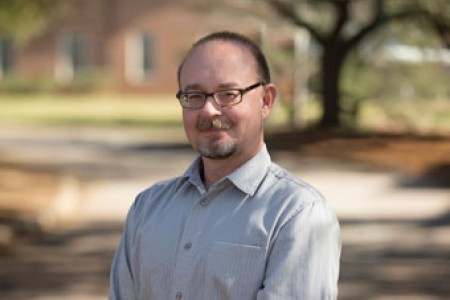
If you don’t think prairie and picturesque belong in the same sentence, you’ve been looking in the wrong place.
Look up — up in the sky — preferably on a starry night, with a high-powered telescope.
It’s a sight to behold, Michael Svec discovered during his four-year C-U stay in the 1980s.
“The U of I Observatory plays a critical role in my life as a student and now educator,” the Furman professor (BS '88, physics) says from Greenville, S.C.
“As a child, my love of astronomy was fed by Carl Sagan’s Cosmos and visits to the Adler Planetarium. Once I arrived on campus in 1984, I was drawn to the silver dome on the southern fringe of the Quad.
“It was Quad Day when I first saw the Observatory’s telescope and there met other astronomy geeks. I joined the Astronomy Club and soon found that, through the generosity of the Astronomy Department, I could learn how to use that beautiful historic telescope.
“In exchange for being able to use the telescope, the club hosted public open houses, and it was there that I found my future as an educator.
“The skies over Chicago never presented me much of an opportunity to know the sky but here I had at my disposal an amazing instrument. Pictures of the moon, planets and other celestial objects now became real.
“It wasn’t a picture of Saturn but actual light from the planet that I was experiencing. Hours were spent learning the sky and the stories its objects told.
“There is also beauty to using a well-crafted vintage telescope that was designed for the eye and the hand. In the wee hours of the morning, the Observatory has its own unique atmosphere. In the dim red lights, your senses become enhanced.
"The cold temperature, the gentle hum of the telescope’s motor occasionally interrupted by the rumble of the dome or the crickets, and the beauty of the sky all come together in a unique, personal and beautiful manner.
“In addition to enjoying using the telescope, I also became interested in its long history. I spent many hours in the university archives researching and documenting its origins, people and scientific work.
“Truth be told, I spent more time researching its history than I did doing homework for my classes. My grades suffered but I learned much more about conducting research, persistence and curiosity than those courses and those lessons continue to serve me well.
“It became a passion that I pursued without any course credit but with encouragement from the club and department. Only as a senior did Dr. Jim Kaler reward my previous efforts with an independent study and then use those efforts to help get the Observatory listed on the National Register of Historic Places.
“Thus began my long relationship that continues today, with the Observatory and those people in the club and department who inhabit its space. The origins of the word ‘amateur’ can be traced to the Latin word ‘amator’ — lover. Whether professional astronomers, undergraduate amateur astronomers or the curious, the Observatory was the place where we all gathered.”
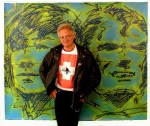
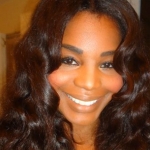
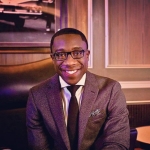
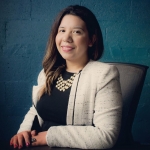
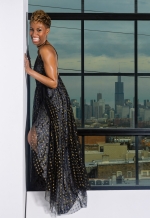
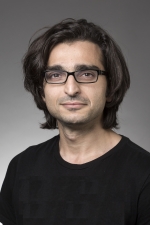
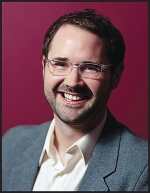
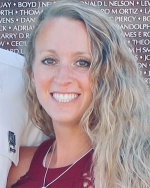
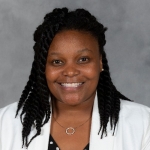
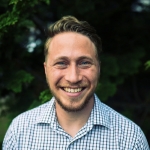
© 2026 The News-Gazette, All Rights Reserved | 201 Devonshire, Champaign, IL | 217-351-5252 | www.news-gazette.com
